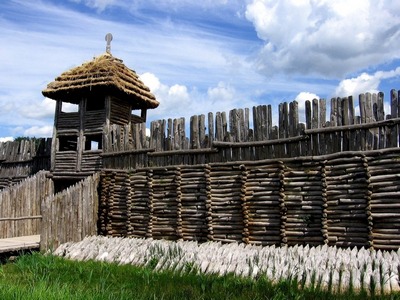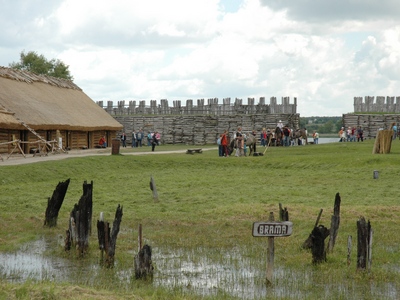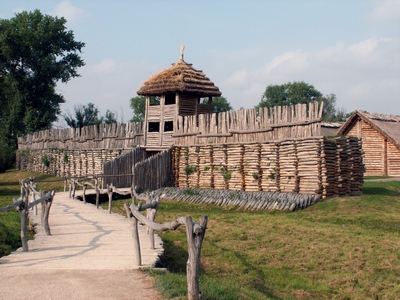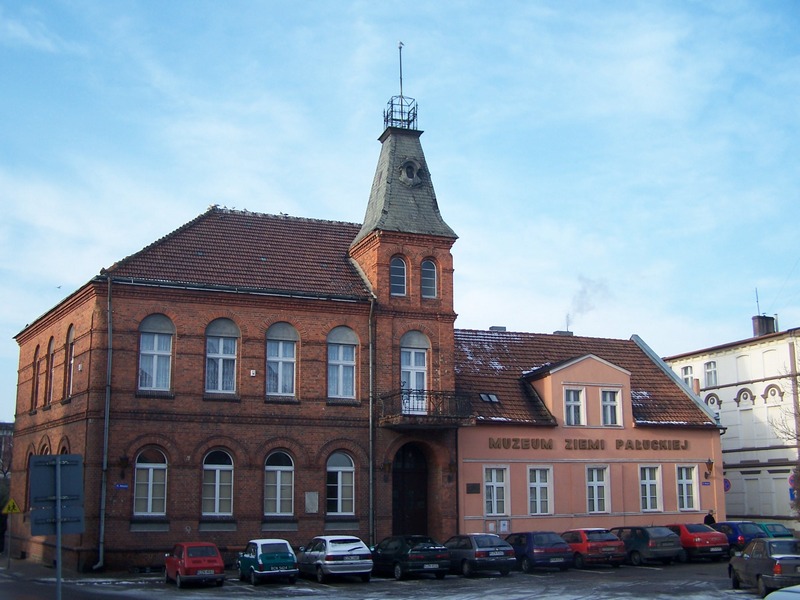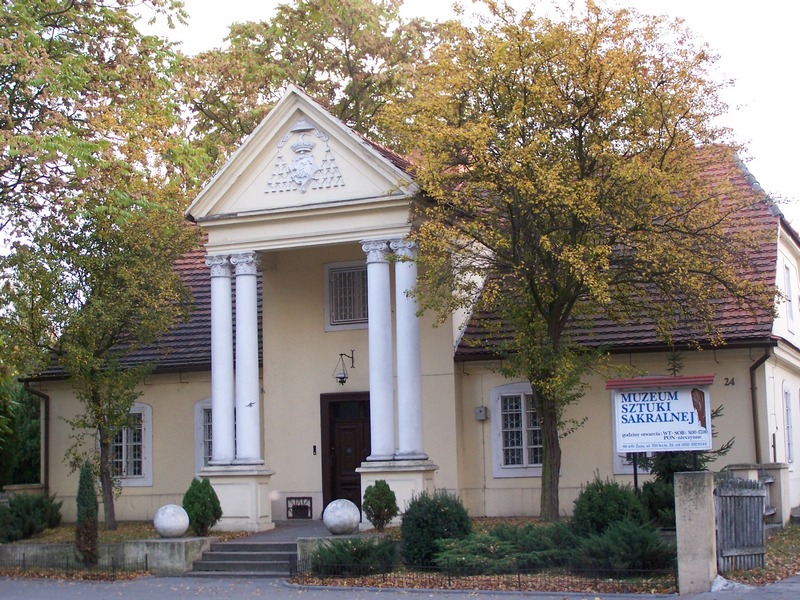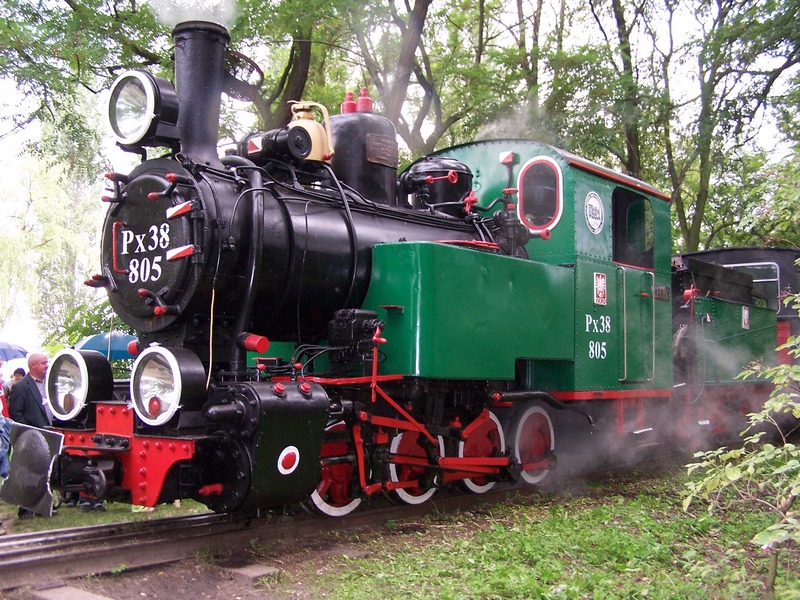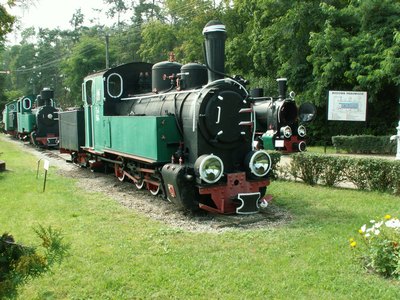Znin
| History of | City Tour | Photo Gallery |
History of Żnin
Żnin – this 14 thousand stronghold town is situated at two lakes: Duże Żnińskie and Małe Żnińskie. In the 12th century, Żnin was the seat of a castellan. From the first half of the 12th century to the year 1772, the Archbishops of Gniezno (the first capital o Poland) had their dominions here. In 1263 it was given the municipal rights. In 1331 the town was looted by the Teutonic Knights. The town sustained damages also during local wars between knights from Wielkopolska and wars between Poland and Sweden. After the partitions of Poland, the town belonged to Prussia. In 1794 it saw battles of Kościuszko’s uprising. The townsmen from Żnin took part in the events of the Spring of the Nations in 1848 and the successful Wielkopolska Uprising in 1918-1919. After World War II it was part of the Poznań Province and, for some time, the Bydgoszcz Province.
|
|
|
|
City Tour Żnin, Wenecja and Biskupin
When in Żnin, you are welcomed to go to Wenecja and Biskupin by a narrow gauge railway. The station can be found at 4 Potockiego Street. Railway was built here in the years 1893-1894, connecting Żnin, Biskupin and Rogowo, and then Biskupin and Szelejewo. Its track gauge is 600 mm. The lines had the joint length of 28 km. They transported beetroot and other crops, as well as people. It was soon extended to 80 km. In Wenecja we can visit a Museum of Narrow Gauge Railway, a department of the Museum of Pałucka Land. The collection includes 17 steam locomotives, the oldest from 1899, 60 various railway track vehicles (diesel locomotives and various cars for cargo and passengers transport.)Moreover, the old station with all its equipment and infrastructure can be admired. All this makes the Museum in Wenecja a great tourist attraction, unique in the whole Europe. Another attraction is the castle of Mimosa Nałęcz, who was known as the Bloody Devil from Wenecja. It was built in the Gothic style in 1390, partly in stone and granite and partly in brick, on the plan of a rectangle, with a donjon at one corner and an impressive entry gate. It was demolished soon after. In 1420 its new owner, Achbishop Mikołaj Trąba, used it as a jail for priests. Then, in 1451, a stronghold was built on the site of the castle, still in use in 1511. Since then, the castle came to ruin, still vast parts of the stone and brick walls are preserved and the divisions of the interior are clearly seen.
|
|
|
|
